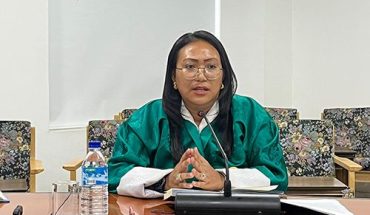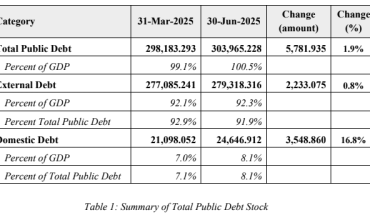The government’s decision to reinstate the Class X cut-off marks policy is a deeply troubling regression that risks undermining Bhutan’s vision of an inclusive, future-oriented education system.
While cloaked in the rhetoric of “21st Century readiness” and “strategic alignment,” the policy reeks of outdated elitism and short-sightedness. The Opposition Party is right to challenge this move, and Bhutanese citizens should take serious note of the far-reaching consequences this decision could unleash.
Let us be clear. Denying nearly a quarter of Class X students a pass certificate and the chance to continue formal academic education is not a path to progress. It is exclusion by design.
While the Ministry of Education and Skills Development (MoESD) claims these students will be diverted into Technical and Vocational Education and Training (TVET), the truth is more complicated. TVET should be a choice, not a default dumping ground for those deemed “academically unfit” by a rigid metric. It is educational streaming disguised as opportunity.
The idea that a student’s potential can be defined solely by their performance in a few exams at age 16 is at best reckless. As the Opposition rightly points out, countries like Finland, Japan, and Norway have rejected such grade-based exclusion. Their models emphasize retention, holistic development, and social equity.
Worse still, the policy’s rationale is undermined by the ministry’s own data. Public schools currently have the capacity to absorb over 8,500 students into Class XI, yet only 6,310 have enrolled. Several high schools have already shut down upper classes due to low numbers.
So why bring back a cut-off policy originally designed to manage overcrowding when there is now excess capacity? The logic does not hold water.
The government’s justification that the cut-off will “motivate” students is equally flimsy. If motivation must come from fear of exclusion, then the education system has already failed its core purpose.
Moreover, the sudden reintroduction of this policy following years of open access sends a chaotic message to both public and private stakeholders. Private schools, battered by inconsistent policy swings, are now being asked to absorb the fallout—again—with no clear plan for long-term viability.
Equally concerning is the social cost. For many students, being pushed out of academic pathways could lead to disengagement, particularly during the critical pre-Gyalsung years.
While MoESD insists that early enrollment into national service is possible with parental consent, this is not a scalable or structured solution. The Opposition’s fears of social dislocation are far from unfounded.
If the government truly believes in building a future-ready Bhutan, it must create opportunities, not barriers. Education should be a ladder, not a filter. The cut-off policy belongs in the past, and it should stay there.





